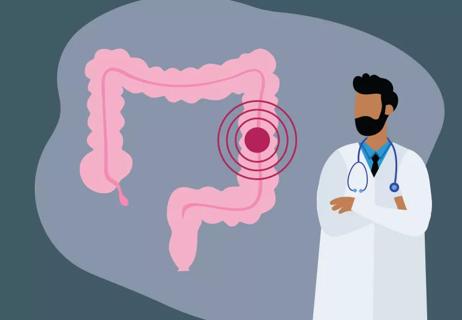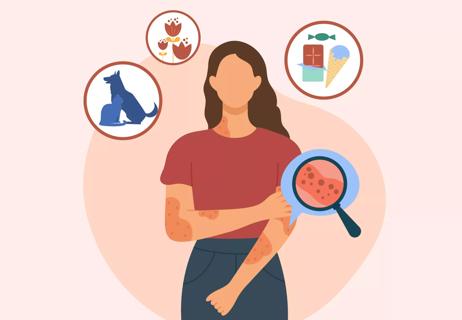The short answer from a pediatric allergist/immunologist

A: Typically, with a classic food allergy, symptoms begin within 30 to 60 minutes of eating a particular food. Sometimes it can be hours later, but that’s very rare.
Advertisement
Cleveland Clinic is a non-profit academic medical center. Advertising on our site helps support our mission. We do not endorse non-Cleveland Clinic products or services. Policy
There are many types of adverse reactions to foods, but when we talk about food “allergy,” we’re usually referring to immediate allergic reactions caused by an allergy antibody, with potential for anaphylaxis. Reactions vary from person to person, but allergic reaction symptoms can include:
We get very concerned with breathing trouble or a change in a child’s voice — those can indicate more serious reactions. It’s very rare, but potentially a food allergy reaction could be fatal.
In the pediatric age group, the most common allergies are to milk and eggs. Peanuts and tree nuts are also common allergy triggers, as well as soy, wheat, fish and shellfish.
Sesame is an emerging concern in the United States, and the Food and Drug Administration (FDA) recently added this as a required allergen on packaged foods, similar to what you see in the grocery store on labels for milk and eggs.
Parents often tell me how scared they were the first time their child had a reaction, and that’s very understandable. If you have reason to suspect your child is having a serious food allergy reaction, take a deep breath. You know your child better than anyone else in the world. If you are really, truly worried, then get them to an emergency room. Call EMS (emergency medical services) and tell them that you have a child who is potentially having a food allergy reaction so that they send the right kind of emergency medical services to your home. Or, if you live within reasonable driving distance to a hospital, just get them there quickly yourself.
Advertisement
Very mild reactions such as a few hives can be sometimes treated with antihistamines like Zyrtec®, which can help a child feel better as the reaction goes away. But for anything more serious, we recommend epinephrine and treatment with emergency medical services.
If your child does indeed have a food allergy, make sure you’re taking the proper precautions for them at school and on play dates as well.
— Pediatric allergist/immunologist Jaclyn Bjelac, MD.
Advertisement
Learn more about our editorial process.
Advertisement

CHANGE ADDED NOW Lorem ipsum dolor sit amet. Non voluptatem quibusdam qui nobis laborum in animi autem est veritatis temporibus quo impedit eius. Quo possimus quaerat sit odio omnis est commodi consequatur vel assumenda itaque. I ADDED THIS JUST NOW CHANGE

Even if you weren’t allergic to an ingredient before, you could develop an allergy over time

More than 90% of allergic reactions can be linked to these foods

It’s likely a short-term sensitivity (not an allergy) to acidic foods

The symptoms are similar, but the conditions are very different

Symptoms can be similar, but affect your body in distinct ways

These step-by-step instructions could save a life

How to handle breathing difficulties, rashes, hives and more

Type 2 diabetes isn’t inevitable with these dietary changes

Applying a hot or cold compress can help with pain